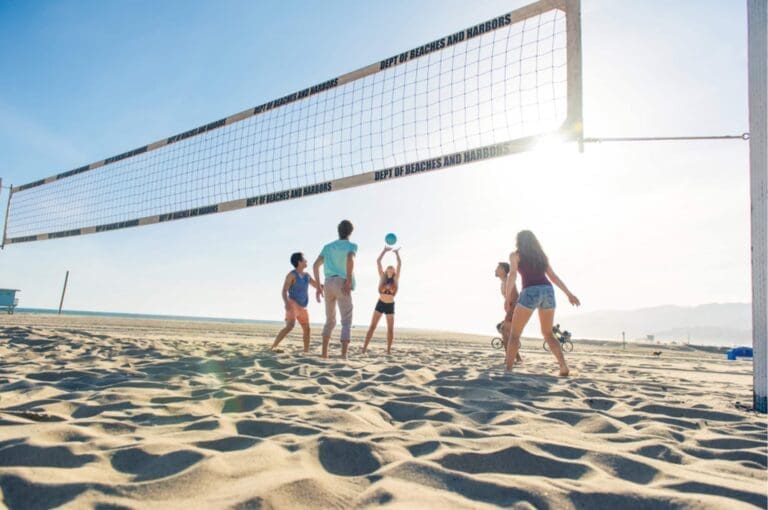
As a personal trainer in San Mateo, I understand the importance of post-workout recovery for achieving fitness goals. Delayed onset muscle soreness (DOMS) is a common issue that many people face after a hard workout. In this blog post, I will discuss the causes of DOMS, and provide tips for optimizing post-workout recovery.
What causes DOMS?
DOMS is caused by microscopic tears in the muscle fibers that occur during resistance training. These tears lead to inflammation and a buildup of lactic acid in the muscles. This inflammation is what causes the soreness and stiffness that is commonly associated with DOMS.
A study conducted by the Journal of Applied Physiology found that DOMS typically peaks 24-48 hours after a workout and can last for up to 72 hours.
How can I optimize post-workout recovery?
- Stretching: Stretching after a workout can help to reduce muscle soreness and improve range of motion. A study conducted by the Journal of Athletic Training found that stretching can also help to improve muscle function and reduce the risk of injury.
- Foam Rolling: Foam rolling is a form of self-massage that can help to release muscle tightness and improve flexibility. A study conducted by the Journal of Athletic Training found that foam rolling can also help to reduce muscle soreness and improve range of motion.
- Hydration: Proper hydration is essential for post-workout recovery. Dehydration can lead to a loss of muscle strength and endurance. A study conducted by the Journal of Applied Physiology found that dehydration can also increase muscle soreness.
- Nutrition: Consuming a diet that is rich in protein, carbohydrates, and healthy fats can help to promote muscle repair and recovery. A study conducted by the Journal of Applied Physiology found that consuming a diet that is high in protein can increase muscle protein synthesis, leading to greater muscle growth.
- Sleep: Adequate sleep is essential for post-workout recovery. A study conducted by the Journal of Athletic Training found that sleep deprivation can lead to a loss of muscle strength and endurance.
- Cryotherapy: Cryotherapy is a method of exposing the body to subzero temperatures, which can help to reduce muscle soreness and inflammation. A study conducted by the Journal of Athletic Training found that cryotherapy can also help to improve muscle recovery and performance.
- Active recovery: Engaging in light physical activity, such as going for a walk or doing yoga, can help to increase blood flow to the muscles and promote recovery.
- Epsom Salt Bath: Taking an Epsom salt bath can help to reduce muscle soreness and inflammation by drawing out toxins from the muscles.
- Massage: Massage can help to improve blood flow, reduce muscle soreness and stiffness, and promote recovery.
- Cold water immersion: Cold water immersion, such as taking a cold shower or submerging in a cold pool, can help to reduce muscle soreness and inflammation.n
With a comprehensive post-workout recovery plan, you can not only reduce muscle soreness but also improve your overall fitness and performance. Remember, recovery is just as important as the workout itself. By incorporating the tips and methods discussed in this blog post into your post-workout routine, you can optimize your recovery and achieve your fitness goals.
If you are looking for a personal trainer in San Mateo who can help you to achieve your fitness goals and create a personalized post-workout recovery plan, contact Holly Roser Fitness today. We are here to help you every step of the way, from soreness to strength. Let’s work together to help you reach your fitness goals and maintain a healthy and active lifestyle.






